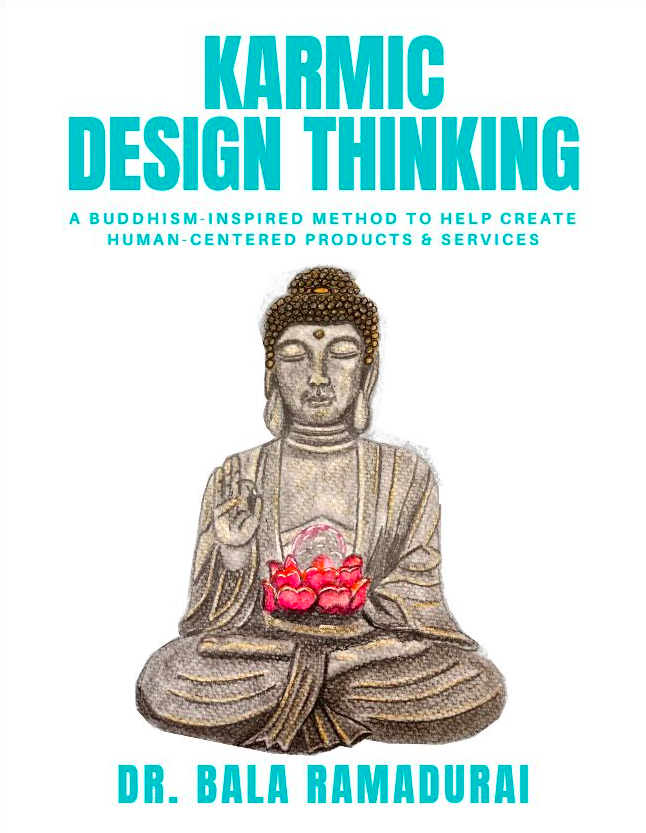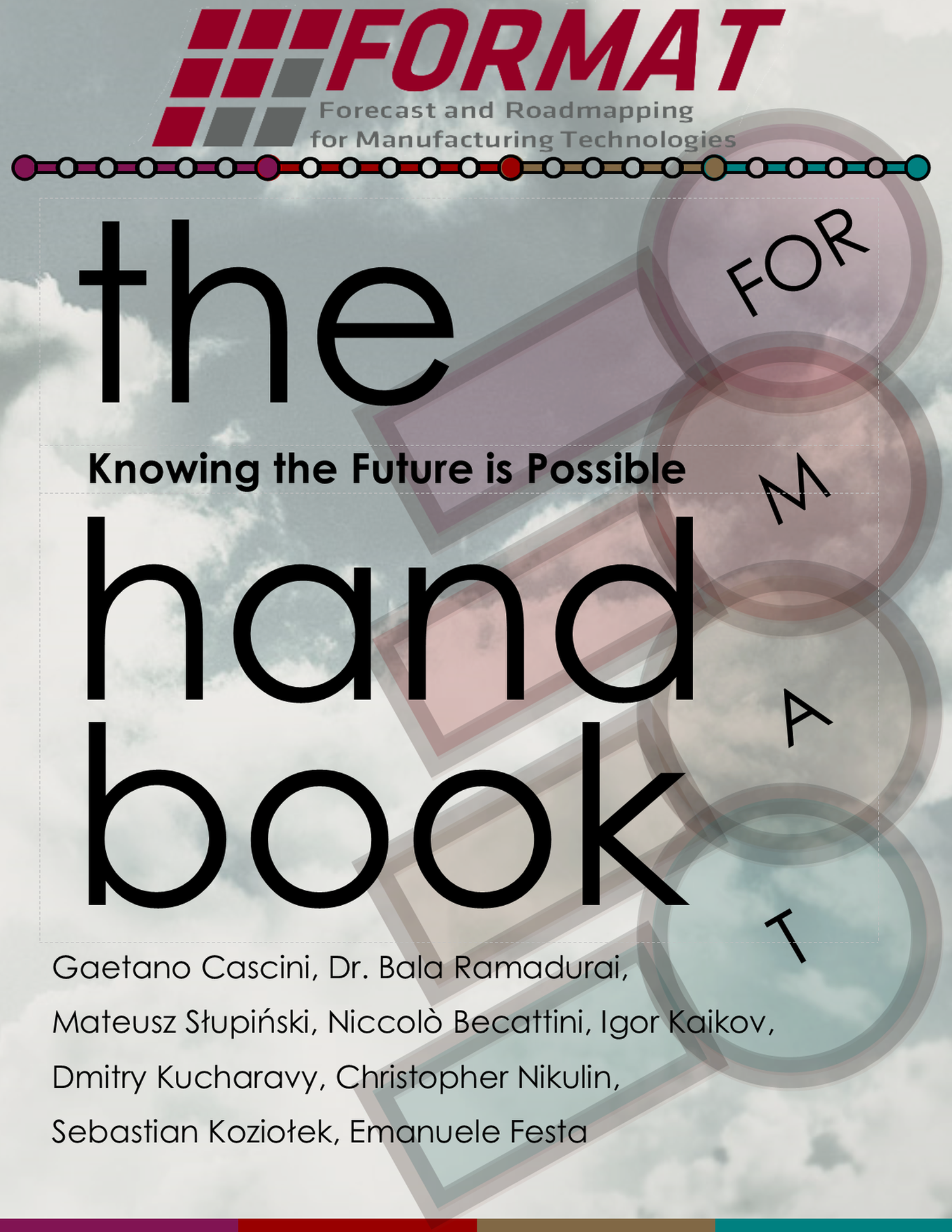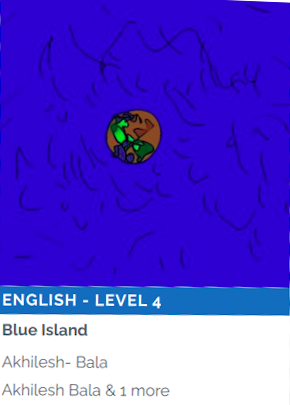By rajib | 2022-09-21
In the recently concluded Karmic Design Thinking workshop, Rajib Kumar Bannerjee and his team worked on a responsible and interesting problem. I invited him to write a guest post on the topic - Decontamination of water. This will be a series.

Analyze
This is the next logical step to further narrow down the focus. This step consists of two major substeps and needs considerable time for a literature survey.
- Question 5 why?
- Construction of a Conflict of Interest diagram
Some key points to remember are that develop the “why” questions by questioning the function and contexts identified in the previous step. Additionally, while developing the conflict of interest diagram, it can be possible to branch at a different level, which might open up an additional direction toward innovation. Additional steps can be included to prioritize the requirements. But, as we have only a few rightly constructed questions, we might attempt applying the approaches for all at different steps, to guide our thoughts in the proper direction.
Let me try applying the steps systematically for the following.
| Sr.No | HMW Question | Function | Context | Classification |
|---|---|---|---|---|
| Q2 | How might we purify the water before consumption? | purify | Before consumption | Appropriate |
The diagram below shows a possible method of breaking up the HMW question using multiple ways. This method is so powerful that one can potentially come up with the ‘conflict of interest’ model at any stage, which might lead to different directions and have potential solution scope. The overall playground gives a nice interface to organize and logically connect the different parts

Once we develop the questions and possible answers and decide on a possible branch for the ‘conflict-of-interest’ model, we can start constructing the ‘conflict-of-interest model’ as follows. This model is so powerful that once we develop it, we can easily identify the desirable requirements and can orient our thought process toward a potential solution. For readability, I will zoom the conflict of interest diagram so that you get a clear understanding of how this exercise can guide your thought process and logically come up with the desired functions of the solution.

Figure 1: Branching at 2

Figure 2: Branching at 6

For readability, I will zoom the ‘conflict of interest’ diagram.

As the innovation process is iterative, I strongly recommend you to revisit the HMW questions once again, when we are done with the above steps. This might be useful for formulating the abstract, which in turn, might guide us to come up with the perfect solution. A word of caution: the modified questions may elaborate on the context and the function as well might include a sense of direction towards the solution.
| *Sr.No | HMW Question | Function | Context | Refinement |
|---|---|---|---|---|
| Q2 | How might we purify the water before consumption? | purify | Before consumption | How might we guide or control the flow of the purified water without touching the inner walls? |
| How might we minimize the contamination of water while transporting | ||||
| Q3 | How might we identify the quality of the drinkable water before consumption? | identify | Drinkable water Before consumption | How might we increase the exposure to UV treatment and the possibility of sedimentation while not compromising on the rate of discharge? |
Source of banner image: https://pxhere.com/en/photo/1434971





